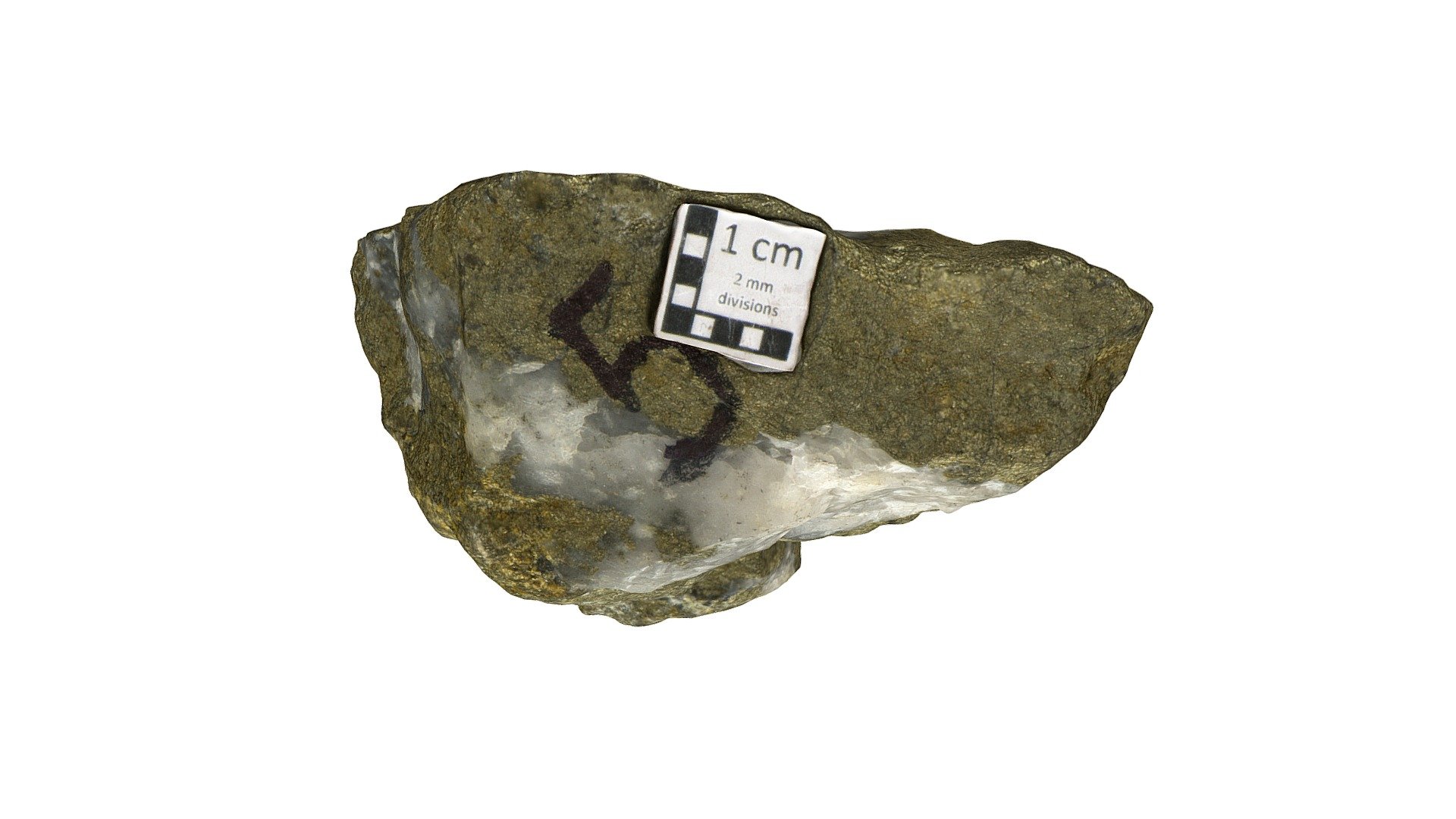
UTas_KEA102_5
sketchfab
The University of Tasmania's KEA102 module delves into the complex phenomenon of metal zoning around granite formations. Metal zoning refers to the distinct variations in mineral composition that occur within a specific geological area, often manifesting as concentric rings or bands. These zones are typically formed through a combination of magmatic and metamorphic processes that take place beneath the Earth's surface. In the context of KEA102, students explore the various factors that influence metal zoning around granite. This includes examining the role of magma ascent rates, pressure, temperature, and the presence of volatile compounds in shaping the final mineral composition. By analyzing these variables, researchers can better understand the underlying mechanisms that govern metal zoning and its implications for mineral exploration and extraction. Granite is a type of igneous rock that forms when magma cools and solidifies beneath the Earth's surface. The resulting rock can exhibit a range of textures and compositions, depending on the specific conditions under which it formed. Metal zoning around granite is particularly significant in Tasmania, where the island's unique geology has given rise to an abundance of mineral deposits. Throughout the KEA102 module, students engage with a variety of theoretical and practical exercises designed to deepen their understanding of metal zoning around granite. These may include case studies of real-world mining operations, laboratory-based experiments, and fieldwork in Tasmania's rugged terrain. By combining academic rigor with hands-on experience, students develop a comprehensive grasp of the complex relationships between geology, mineralogy, and economic geology. Ultimately, the study of metal zoning around granite has far-reaching implications for the extractive industries and our understanding of Earth's geological processes. As researchers continue to unravel the mysteries of this phenomenon, they shed light on the intricate interactions that shape our planet's surface and subsurface.
With this file you will be able to print UTas_KEA102_5 with your 3D printer. Click on the button and save the file on your computer to work, edit or customize your design. You can also find more 3D designs for printers on UTas_KEA102_5.
